19 Black historical figures you probably didn’t learn about in class

- Oops!Something went wrong.Please try again later.
- Oops!Something went wrong.Please try again later.
- Oops!Something went wrong.Please try again later.
- Oops!Something went wrong.Please try again later.
- Oops!Something went wrong.Please try again later.
- Oops!Something went wrong.Please try again later.
- Oops!Something went wrong.Please try again later.
(STACKER/ WFXR) — Over the years, school curricula have changed, limiting the scope to the same Black figures throughout history. Several states including Florida, Texas, and Oklahoma have approved or suggested measures to limit race-related language in public schools.
In 2023, Florida rejected an Advanced Placement (AP) African American Studies course saying the content in the course “significantly lacked educational value” and was inexplicably in contrast to Florida law. That same year, Texas filed to ban any AP course that didn’t comply with the state’s CRT Law.
For several years, school curricula have highlighted Black figures throughout history including Rosa Parks, Dr. Martin Luther King Jr., Malcolm X, Harriet Tubman, and more. However, there are several underrepresented trailblazers including Eunice Carter, Marie Maynard Daly, Dorothy Height, and more.
As forgotten names in Black history come to the surface, Stacker has compiled a list of 19 Black historical figures you might not be familiar with.
Texas ban on university diversity efforts provides a glimpse of the future across GOP-led states
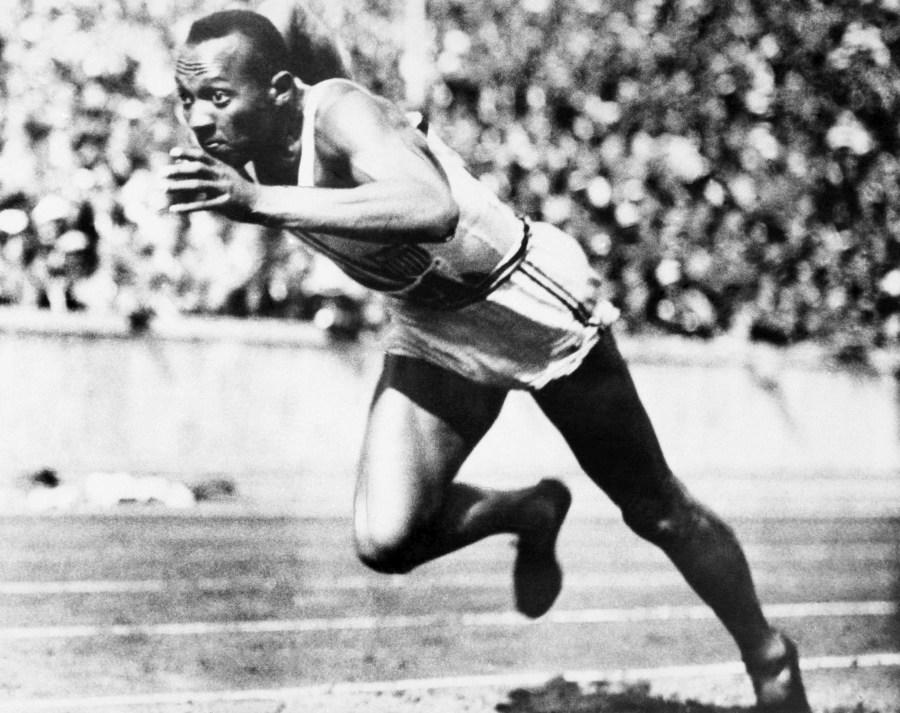
Known as “The Buckeye Bullet,” Olympic winner Jesse Owens is one of the best track and field athletes. While overcoming the adversities of racism, in 1935 Owens completed and won 42 events. His streaks led him to the 1936 Berlin Olympic Games, where he took home four gold medals and broke two Olympic records. For 25 years, he held the best record for the long jump.
However, being in the thick of racism, when he returned to the United States, he was not invited to the White House or received honors from Former President Franklin Roosevelt. In 1976, he was awarded the Presidential Medal of Freedom by Former President Gerald Ford.
2. Eunice Carter
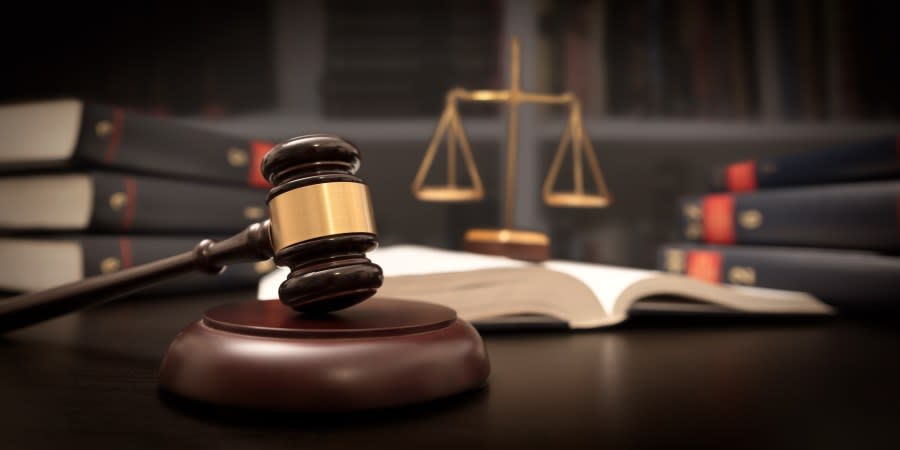
In 1935, Eunice Carter made her mark in the court system and became the first African-American woman to work as a prosecutor in the New York County, Manhattan, District Attorney Office.
According to the Mob Museum, in 1935, Carter revealed evidence connecting a mafia boss, Charlie “Lucky” Luciano, to a prostitution operation. During that year, Luciano was tied to some of the most powerful racketeers in the country. Carter’s findings led to his conviction.
In 1936, Carter began working with special prosecutor Thomas E. Dewey‘s team to stop mob activity. She was also the first black woman to graduate from the Fordham Law School in 1932.
Group asks how African American course violates Florida law
3. Mae Jemison

Known for becoming the first Black woman to visit space, Mae Jemison was accepted into the NASA astronaut training program in 1987. Five years later, Jemison along with six other astronauts flew Space Shuttle Endeavour to space on mission STS-47, on Sept. 12. While in space, Jemison spent eight days operating experiments on bone cells.
After she left NASA, Jemison created her own company researching advanced technologies for developing countries. In 1993, she was inducted into the National Women’s Hall of Fame.
4. Marie Maynard Daly
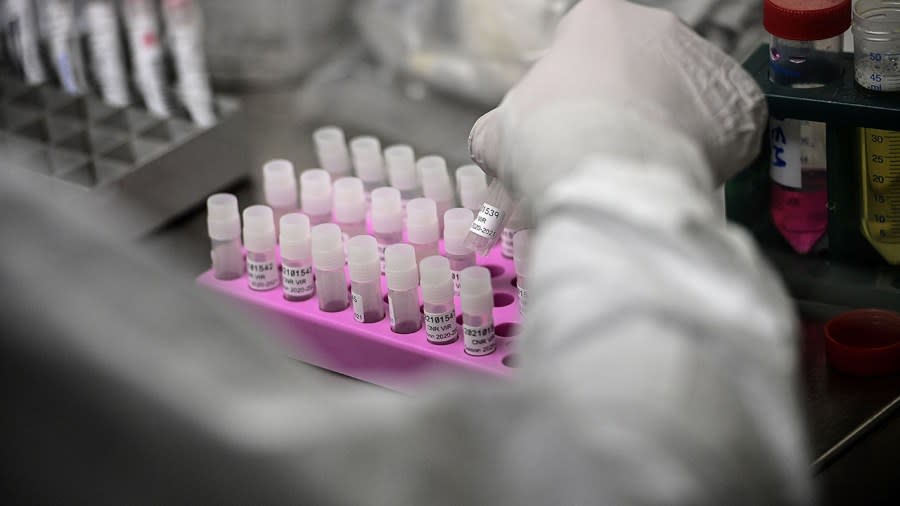
Marie Maynard Daly was the first Black woman awarded a doctorate in chemistry in the United States. She studied at Queens College and fellowships to pursue her master’s at New York University. In 1947, she studied at Columbia University where she obtained her doctorate, becoming the first Black woman to earn the honor in any subject at the institution.
Daly is also known for her rat studies measuring cholesterol levels and blood pressure to indicate the correlation between high cholesterol and clogged arteries, which can cause a stroke or heart attack. Her research also extended to the damage that smoking can have the lung health in both humans and dogs, that are exposed to the smoke.
5. Dorothy Height
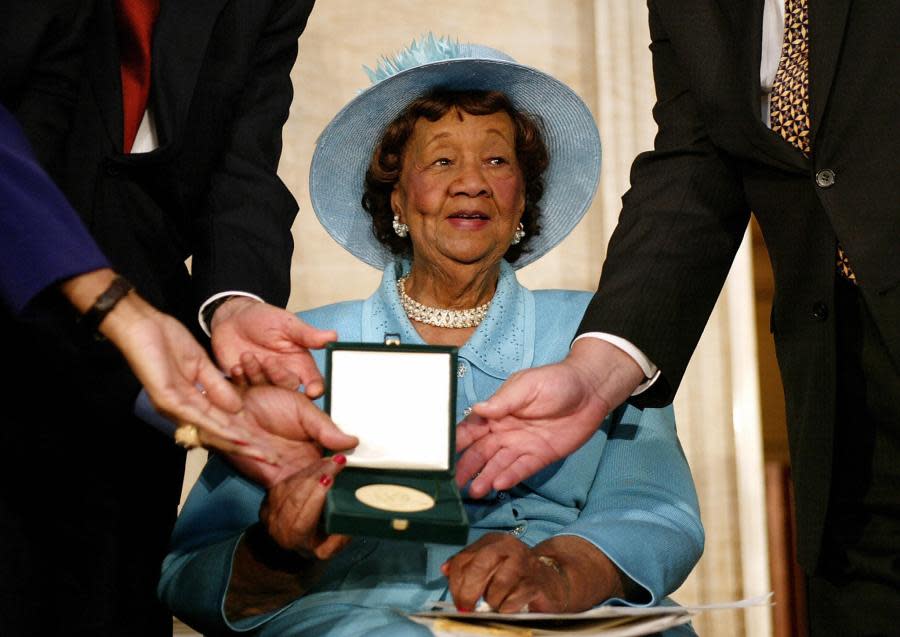
Dorothy Height was a civil rights and women’s rights activist who was devoted to improving opportunities for Black women. She worked in the national YMCA office where she oversaw the desegregation of all YMCA chapters in 1946.
Height was also the first director of the Centers for Racial Justice. For 40 years, she held the seat as the President of the National Council of Negro Women (NCNW). She is also credited as the first person to relate equality issues for Black Americans and women.
In 2004, Heights was honored with the Congressional Gold Medal.
6. Gordon Parks

While capturing moments of inequalities in the United States, photojournalist Gordon Parks was known for his images that focused on art, race, class, and politics. In 1949, Parks became the first Black staff photographer for Life magazine. About 20 years later, he moved his career to Hollywood becoming the first Black American to direct a major Hollywood studio feature film, “The Learning Tree.”
Along with his work behind the camera, Parks also published several books, memoirs, novels, poetry, and more. His works can be found in several museums including the Museum of Modern Art (MoMA), in New York.
7. Bessie Coleman
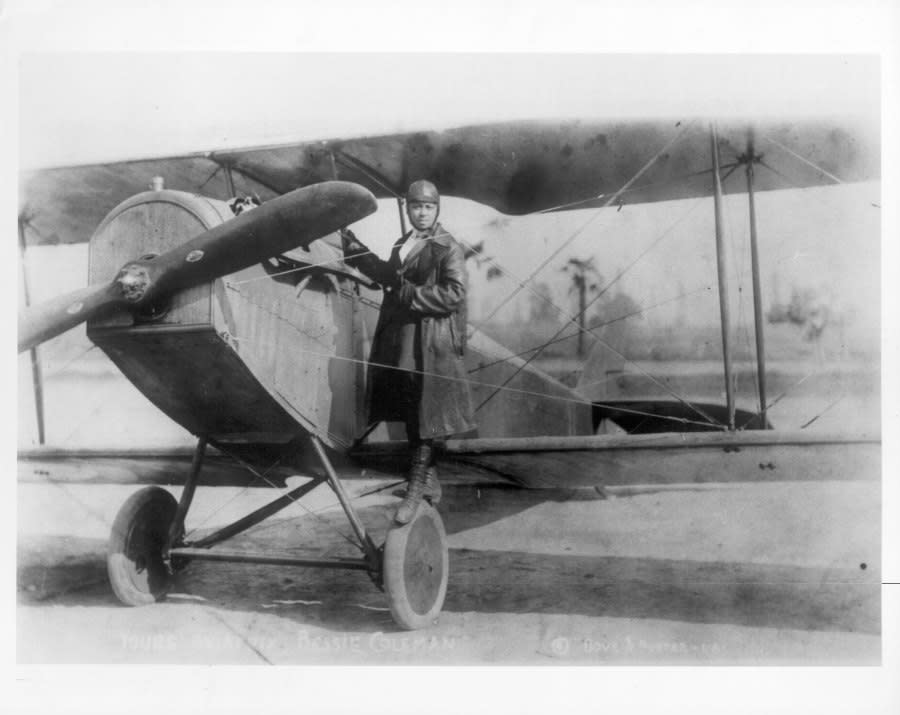
Pilot Bessie Coleman, was the first Black American woman to hold a pilot’s license. At a time when Black people were prohibited from voting, using public facilities, and more, Coleman dreamed of learning to fly, inspired by the stories her brothers came home with after serving during World War I.
Coleman was rejected from aviation school several times in the United States. This led her to apply to the Caudron Brothers School of Aviation in Le Crotoy, France, where she was accepted. In 1921, she received her international pilot’s license and returned to the States, where she performed at several air shows.
Coleman used her popularity to encourage other Black Americans to fly and refused to perform at locations that didn’t allow entry to Black audiences.

The historic March on Washington is known for Dr. Martin Luther King Jr.’s “I Have a Dream Speach,” but one of the men behind the effort of its success was Bayard Rustin. Rustin worked alongside A. Phillip Randolph as the deputy director and logistical planner for the march on Washington. He also assisted King with the boycott of segregated buses in Montgomery, Alabama.
As a leader of social movements for civil rights, socialism, and nonviolence, Rustin espoused the philosophy of nonviolent resistance, profoundly shaping King’s views on the subject as well. While his contributions have often been overlooked because he was an openly gay Black man when homosexuality was considered a mental illness, history has come around since then.
9. Sadie Tanner Mossell Alexander
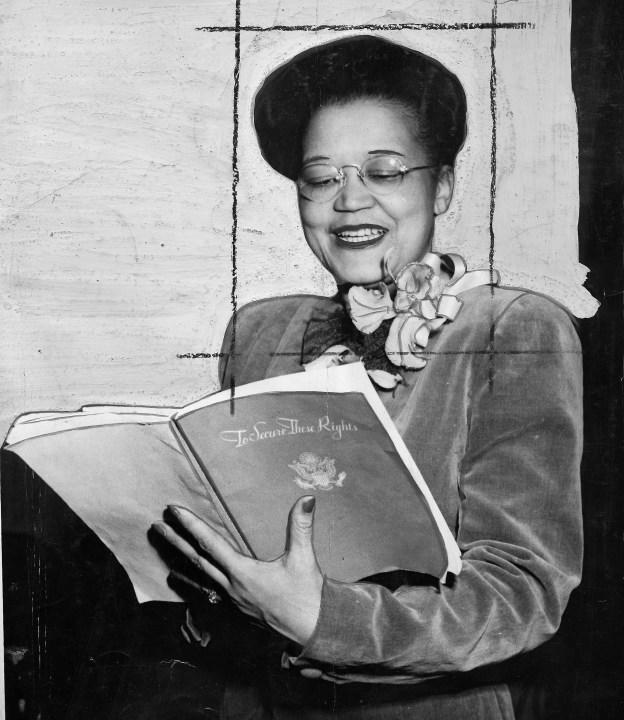
Sadie Tanner Mossell Alexander studied at the University of Pennsylvania, earning her Ph.D. in economics in 1921, becoming the first Black woman to do so.
After passing the Pennsylvania Bar exam in 1927, she became the first Black woman lawyer in the state. She then joined her husband’s law firm, working on family and estate law. Alexander eventually opened her own firm in 1959 when her husband was stepped up to become a judge for the Philadelphia Court of Common Pleas.
In 1947, President Harry Truman appointed her to serve on his Committee on Human Rights. In 1978, President Jimmy Carter appointed her as the head of the White House Conference on Aging, a position she held until 1981. Alexander continued practicing law until her retirement in 1982.
10. Marsha P. Johnson
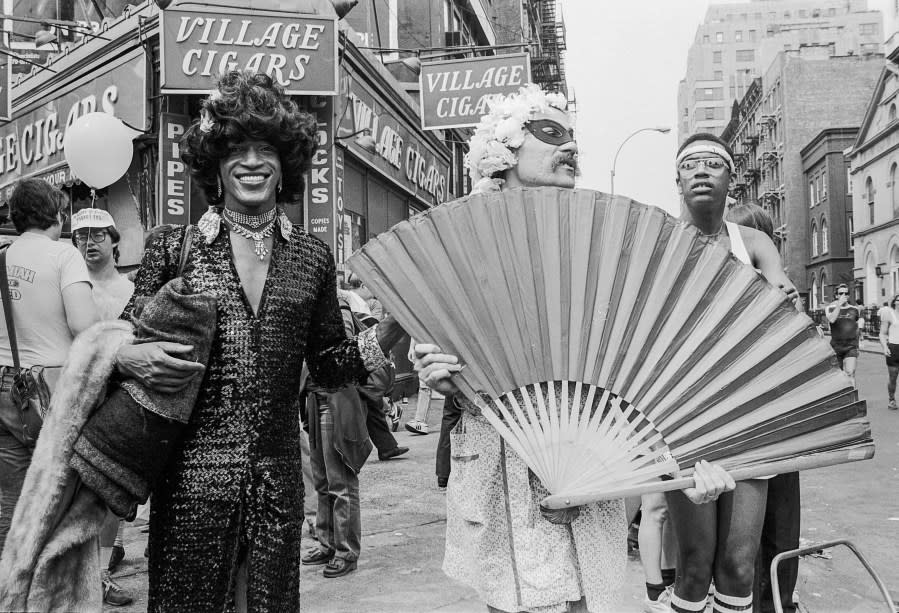
Known as one of the most prominent figures in the LGBTQ+ movement in New York City in the 1900s, Marsha P. Johnson is a transgender woman who became a guiding light. When she was 17, she moved to New York where she could freely express her identity through drag.
Johnson was one of the first drag queens to regularly patronize Greenwich Village’s Stonewall Inn after it opened its doors to women and drag queens. She also was on the front lines of the Stonewall Riots in 1969, which became a key milestone in the gay liberation movement.
Johnson was also a member of the Gay Liberation Front and co-founded the Street Transvestite Action Revolutionaries. She was an important advocate for homeless LGBTQ+ youth, those affected by H.I.V. and AIDs, and gay and transgender rights.
11. Jane Bolin
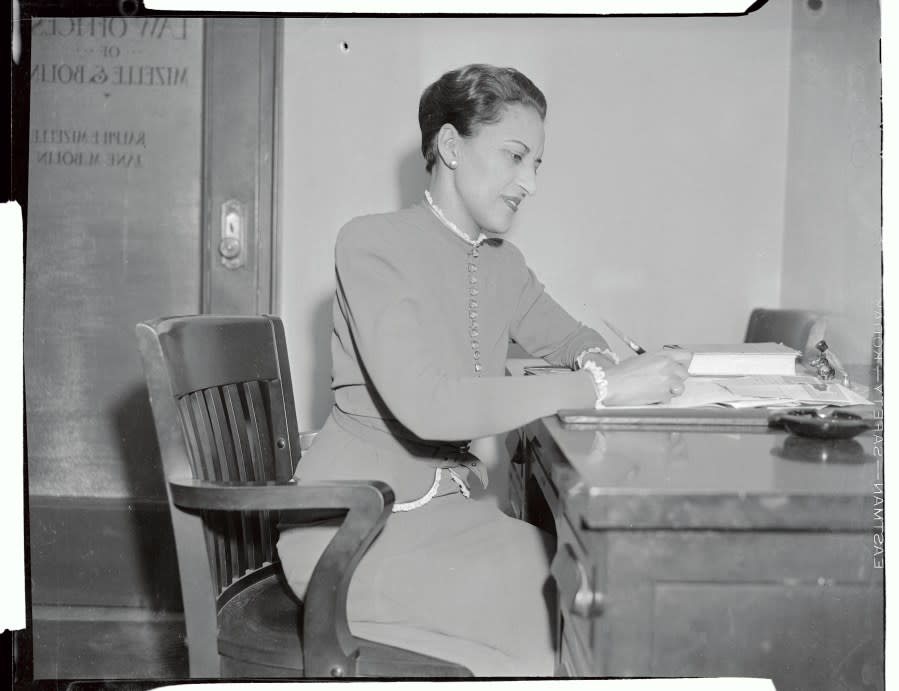
Trailblazing her way in the criminal justice field, Jane Bolin was the first Black woman to graduate from Yale School of Law. After she graduated, she worked with her family’s practice before moving to New York.
However, she didn’t stop breaking barriers and became the first Black woman to work at New York’s Corporation Counsel Office.
In 1939, Bolin became the first Black woman judge in the United States. She was sworn in as a judge of the city’s family court. While in the seat, she changed segregationist policies that required childcare agencies that receive public funding to accept children no matter their race or ethnicity.
After serving 40 years as a judge, Bolin retired at 70 years old but continued working with children.
12. Max Robinson
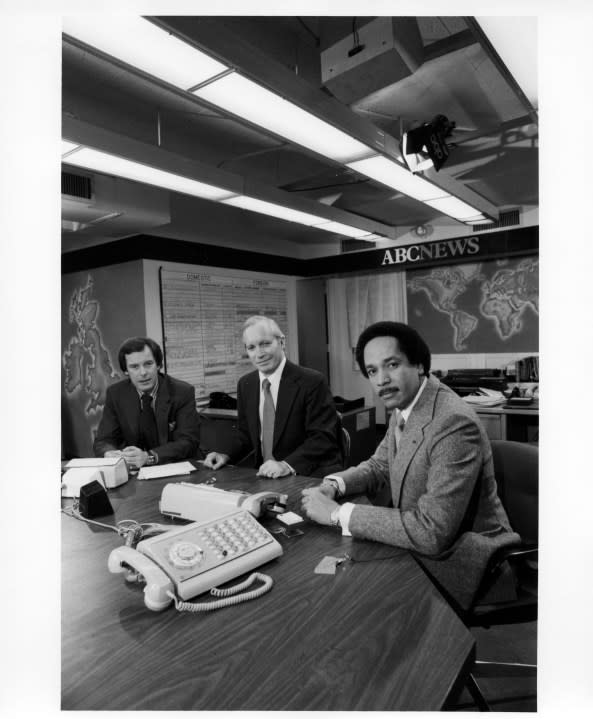
Becoming the first Black American broadcast network news anchor in American television history, Max Robinson was a journalist for ABC News. He co-anchored for “ABC World News Tonight,” in 1978.
In 1959, Robinson moved to Washington D.C. where he covered urban neighborhood issues and racial issues. During his career, he obtained six awards for his coverage of the 1968 race riots following Martin Luther King Jr.’s assassination. He also took home two regional Emmys for a documentary called “The Other Washington.”
The documentary exposed the racist laws keeping the Black community in the Anacostia neighborhood in poverty.
13. Frederick McKinley Jones
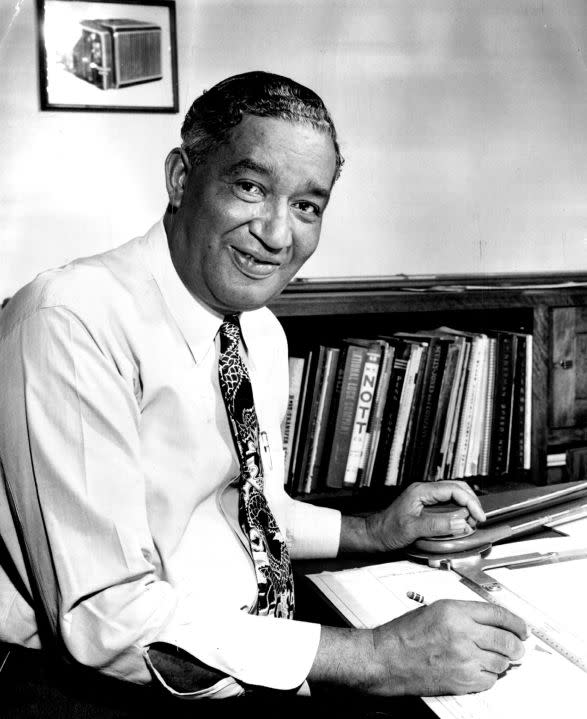
During World War I, Fredrick McKinley Jones served in the U.S. Army repairing machines and equipment. After he returned from the war, he continued to educate himself on various technologies, including electronics.
By the late 1930s, Jones developed portable refrigeration to help the U.S. military carry food and blood during WWII. This same technology also helped distribute fresh food and vegetables throughout the country.
He also founded Thermo King Company, which made over $1 million in sales by 1997.
14. Charles R. Drew
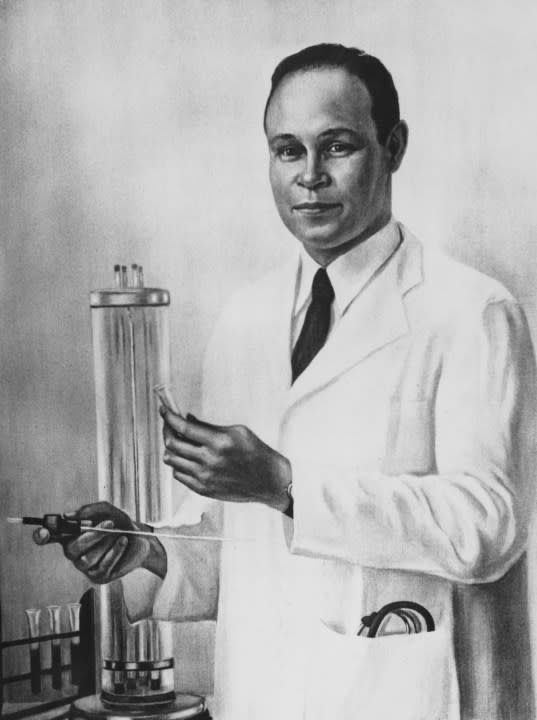
Dr. Charles R. Drew, aka ”father of the blood bank,” is a prominent figure in blood chemistry research. He conducted original research in fluid replacement and held a trial blood bank for seven months.
In 1940, he became the first Black American to earn a doctorate in medical science from Columbia for his thesis, “Banked Blood: A Study in Blood Preservation.” Dr. Drew also played a pivotal role in developing procedures for extracting plasma, preserving it against contamination, and packaging it for wounded soldiers during WWII.
Under his direction, the U.S. relief program called, Blood For Britain, over 14,000 blood donations were collected and 5,000 liters of plasma was shipped to England.
15. Garrett Morgan
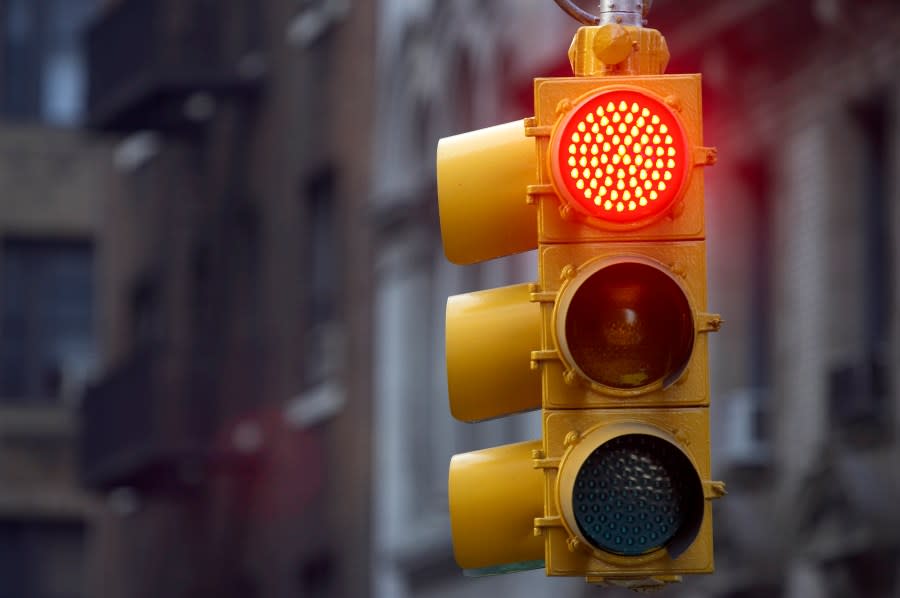
Garrett Morgan is the one who is attributed to inventing the traffic signal. Morgan started his career working for a clothing manufacturer where he learned how to fix equipment, leading to a patent for a sewing machine belt fastener.
As his career continued, Morgan invented a breathing device to protect wearers from smoke, gas, and other pollutants. This device earned him the first prize at the Second International Exposition of Safety and Sanitation.
In 1923, he patented a new traffic signal. Before his invention, traffic lights were manually operating and had only two modes, stop and go. In Morgan’s creation, he added a third mode, the caution light. This was created to prepare drivers to change gears. General Motors purchased Morgan’s patent for $40,000 in 1923.
16. Marshall ‘Major’ Taylor
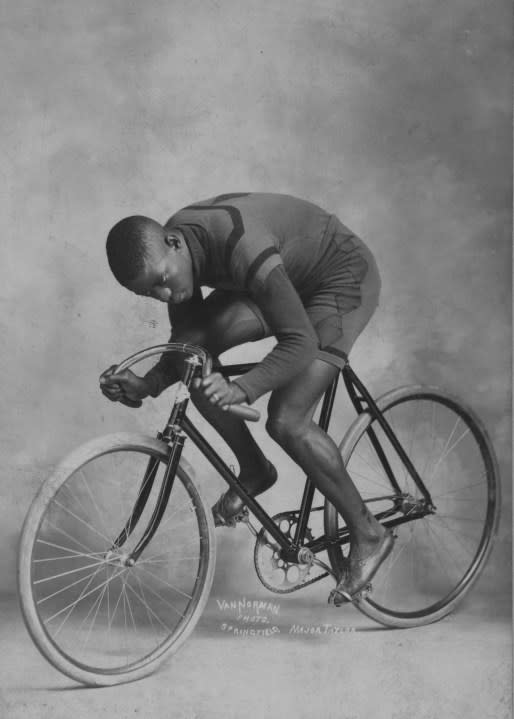
Before Jackie Robinson, Jesse Owens, and Jackson Johnson, one Black cyclist began trailblazing the way for Black athletes. Marshall ‘Major’ Taylor was the first Balck sports sensation to take an interest in cycling. His passion for the sport began after he received a bike at an early age and was later hired to perform cycling student outside a bicycle shop.
By 1898, he had seven world records and was named the national cycling champion two years later. At his peak, he was touring internationally and was one of the highest-paid athletes of his time. Taylor was considered to be the Fastest Man in the World on a bicycle.
He became the National Professional Track Champion in 1900 and won 42 of 57 meets in Europe in 1901.
Even with adding these accolades under his belt, Taylor continued to face racism even at the height of his achievements. He was barred from some races, turned away from establishments, and even subjected to insults. Tayor died in poverty and his remains were found and relocated in the 1940s by fellow bicyclist professionals.
In the 1980s Taylor was added to the United States Bicycling Hall of Fame.
17. Althea Gibson

Althea Gibson was the first Black American tennis player to compete in the U.S. National Championships in 1950. She was the first Black American to win a Grand Slam title six years later, taking home the French Championships.
At an early age, she showed a love for tennis, but there weren’t many opportunities for Black people to pursue sports. However, she loved playing local paddle tennis and her kills eventually got her noticed, leading to her being professionally trained in tennis.
As she continued playing, Gibson continued to gain attention and win tournaments, leading to her famous string of firsts. Between 1956 and 1958, she was in 19 major finals, winning 11. She retired in 1958 but pursued golf.
Gibson was inducted into the International Tennis Hall of Fame in 1971 and was the first Black woman to join the Ladies Professional Golf Association.
18. Alvin Ailey
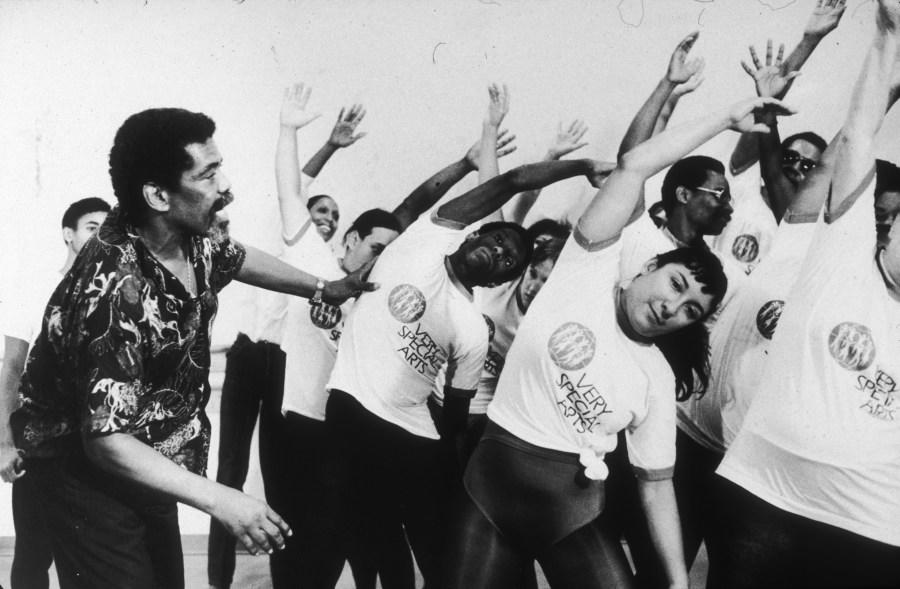
Known for his role in modern dance history, Alvin Ailey is most famous for his dance, “Revelations.” The dance highlights traditional African American blues, work songs, and spirituals to tell inspirational stories of the persistence from slavery to freedom.
In 1958, Ailery founded the Alvin Ailey Dance Theatre to continue his vision of a company dedicated to enhancing the American modern dance heritage and preserving the uniqueness of the black cultural experience. Throughout his career, he choreographed 79 ballets. In 1988, he was honored by the Kennedy Center for his contributions to ance. In 2014, former President Barack Obama awarded him the Presidential Medal of Freedom.
19. Lewis Howard Latimer

Lewis Howard Latimer was the son of a self-emancipated people, and he created his own path through mechanical drawing. He observed drafters at work and read books during his job at an office for a patent law firm.
After his father’s departure, Latimer worked to help support his mother and family. He was a critical reason that Alexander Graham Bell was awarded the patent for the telephone, working late into the night drafting blueprints and efficiently submitting application hours ahead of Bell’s competitor.
Latimer developed a filament that made Thomas Edison‘s lightbulb more reliable and long-lasting.
For the latest news, weather, sports, and streaming video, head to WFXRtv.

